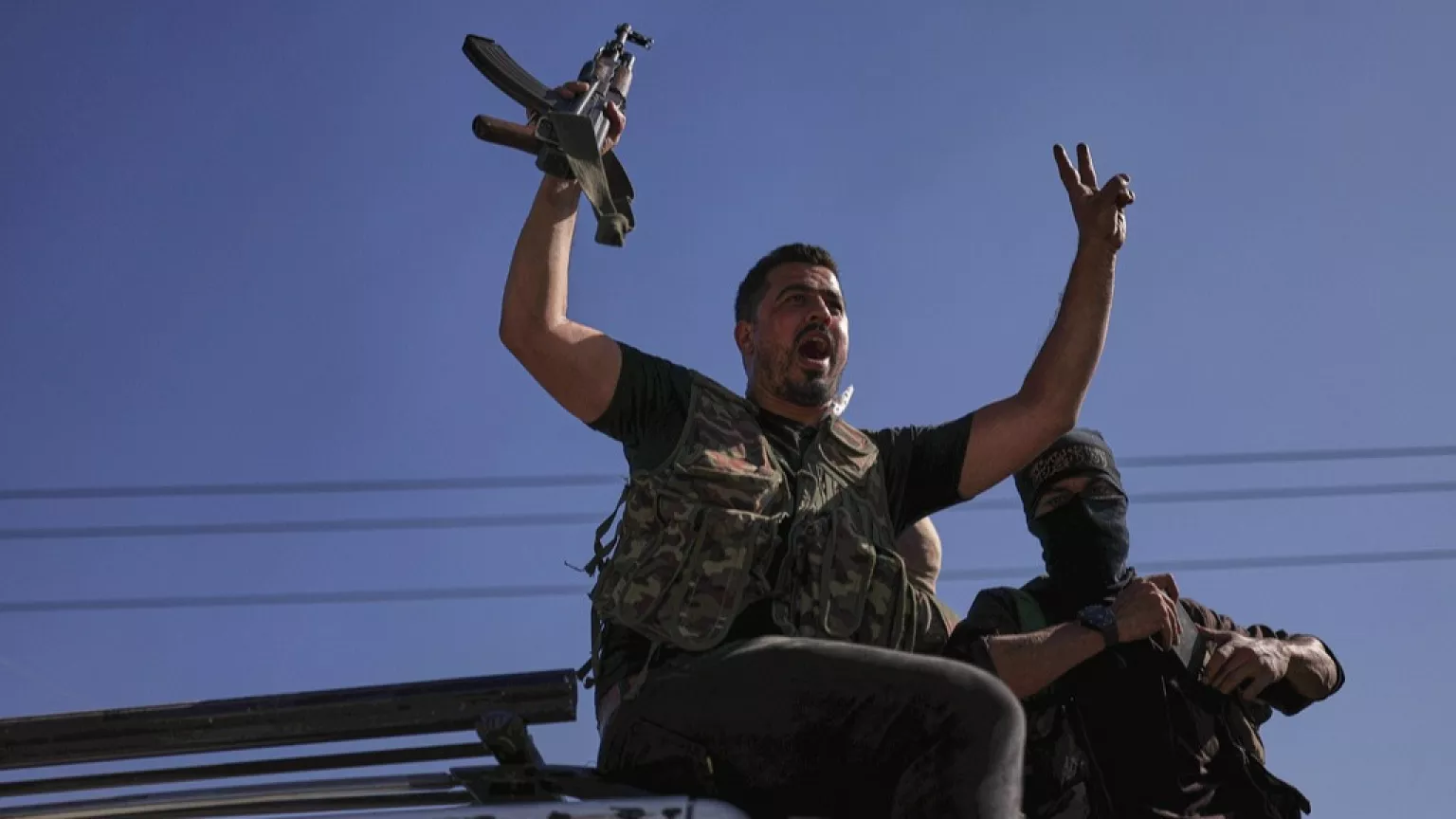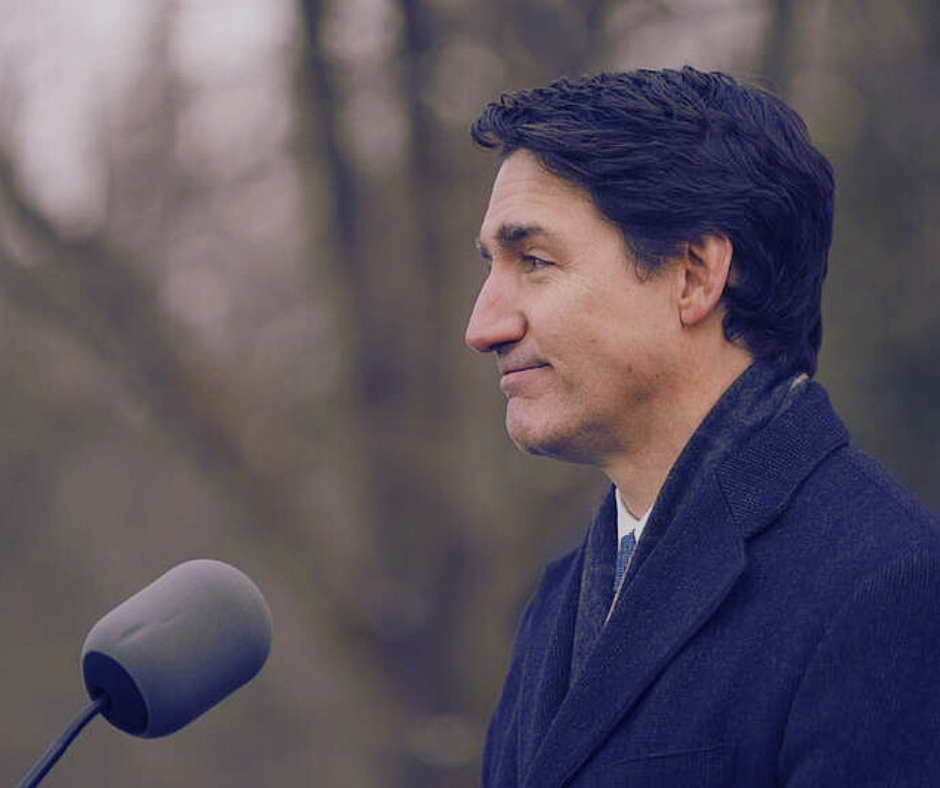Mazraa, July 19 – In a major development that could reshape the crisis unfolding in southern Syria, U.S. envoy Tom Barrack announced early Saturday that Syria and Israel have agreed to a ceasefire. The truce follows a turbulent week of escalating violence between Syrian government forces, Druze armed groups, and Bedouin clans in Sweida province.
This fragile ceasefire, though welcomed by many, comes too late for tens of thousands already displaced by the fighting, which has ignited one of the most severe humanitarian crises the region has seen in recent years.
A Community Torn Apart
For days, Sweida has been gripped by fear and grief. What began as localized clashes between Druze militias and Sunni Bedouin tribes quickly escalated, drawing in Syrian government forces and, later, Israeli airstrikes aimed at protecting the Druze – a minority group that holds a respected place in Israeli society and whose sons often serve in the Israeli military.
The response from the Syrian government was forceful and devastating. Reports emerged of mass killings, looting, and arson in Druze communities. Entire families fled their homes with nothing but the clothes on their backs. Homes were reduced to ashes, and trust between neighbors was broken.
Israel’s intervention – including airstrikes on government convoys and a direct hit on the Defense Ministry in Damascus – was unprecedented in its intensity and symbolic message. The U.S., Turkey, Jordan, and several Arab nations worked behind the scenes to broker a ceasefire.
A Call for Unity Amid Chaos
Speaking on social platform X, Barrack called on Druze, Bedouins, and Sunnis to “put down their weapons and together with other minorities build a new and united Syrian identity in peace and prosperity with its neighbors.” He shared no further details, leaving many wondering how this hope will be translated into action.
The interim Syrian President Ahmad al-Sharaa had earlier promised to deploy a specialized force to de-escalate the fighting. Although an agreement with Druze factions was reportedly reached to allow government re-entry for peacekeeping, the deployment was unexpectedly postponed.
Meanwhile, the U.N. has been unable to deliver vital humanitarian aid due to road closures and ongoing clashes. In Sweida, water and electricity are out, communication lines are cut, and hospitals are overwhelmed. Nearly 80,000 people have been forced to flee their homes, according to the International Organization for Migration.
A Crisis Beyond Borders
The violence has spread beyond Sweida. In Daraa province, over 1,000 displaced families have sought refuge. The conflict has attracted armed supporters from as far as Deir ez-Zor. One fighter, identifying himself only as Abu Mariam, declared he would not return home “until we crush Al-Hijri,” referring to Sheikh Hikmat Al-Hijri, a leading anti-government Druze figure.
In one chilling incident, gunmen kidnapped Hamza al-Amarin, head of the Syrian Civil Defense in Sweida, as he attempted to escort a U.N. team. His whereabouts remain unknown, highlighting the volatility and lawlessness now gripping the region.
As international agencies stand ready to respond once conditions improve, the question remains: Can this ceasefire hold? And will the people of Sweida ever find peace again?
This is not just a military crisis. It is a human one. It is about families torn apart, children forced to flee, and a nation that continues to bleed from within.
Now, more than ever, the people of Syria need more than political agreements—they need hope, protection, and solidarity.




